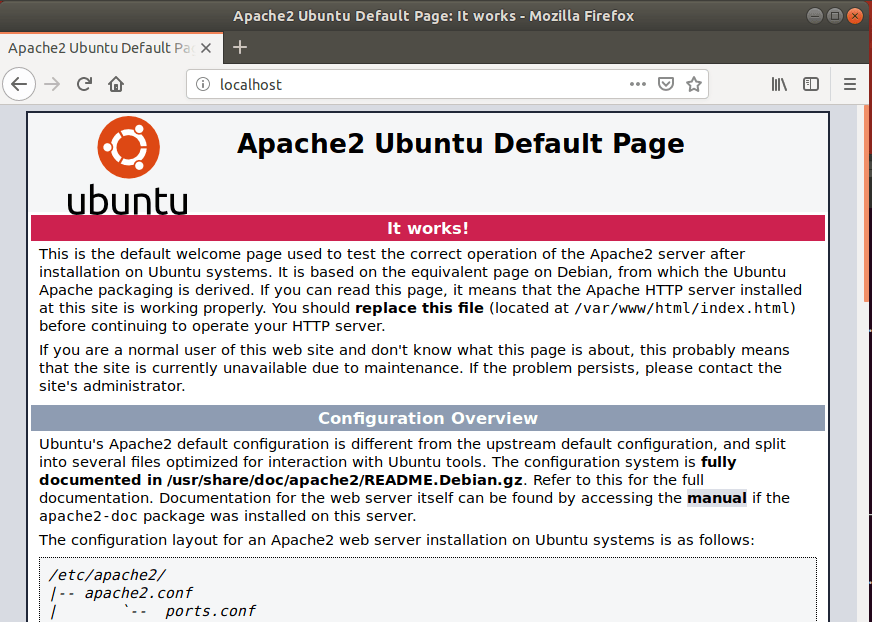If you are looking for a solution to edit your website live and with ease and don’t want to fiddle with SQL, then GuppY is a great place to start. It comes with an easy plugin system, widget support, and easy backup because there’s only one directory. This CMS platform is designed for ease of use to allow webmasters to collaborate and automate engaging experiences with users across multiple devices, including mobile. For more about GuppY, please check their Homepage This brief tutorial is going to show students and new users how to install GuppY CMS on Ubuntu 16.04 and 18.04 LTS. To get started with installing GuppY, follow the steps below:
Install Apache2 HTTP Server
GuppY requires a web server and the Apache2 HTTP server is the most popular open-source web server available today. To install the Apache2 server, run the commands below: After installing Apache2, the commands below can be used to stop, start and enable the Apache2 service to always start up with the server boots. Now that Apache2 is installed. to test whether the web server is working, open your browser and browse to the URL below. If you see the page above, then Apache2 is successfully installed.
Install PHP 7.2 and Related Modules
GuppY is a PHP-based CMS and PHP is required. However, PHP 7.2 may not be available in Ubuntu’s default repositories. To run PHP 7.2 on Ubuntu 16.04 and previous, you may need to run the commands below: Then update and upgrade to PHP 7.2 Next, run the commands below to install PHP 7.2 and related modules. After installing PHP 7.2, run the commands below to open the PHP default configuration file for Apache2. The lines below are a good setting for most PHP-based CMS. Update the configuration file with these and save. Every time you make changes to the PHP configuration file, you should also restart the Apache2 web server. To do so, run the commands below: Now that PHP is installed, to test whether it’s functioning, create a test file called phpinfo.php in the Apache2 default root directory. ( /var/www/html/) Then type the content below and save the file. Next, open your browser and browse to the server’s hostname or IP address followed by phpinfo.php You should see the PHP default test page.
Download GuppY Latest Release
After installing the server and packages above, go to the GuppY download page and get the latest. Or use the commands below to download version 1.1 from its Github site. Then run the commands below to set the correct permissions for the GuppY root directory and give Apache2 control.
Configure Apache2
Finally, configure the Apahce2 site configuration file for GuppY. This file will control how users access GuppY content. Run the commands below to create a new configuration file called guppy. conf Then copy and paste the content below into the file and save it. Replace the highlighted line with your domain name and directory root location. Save the file and exit.
Enable the GuppY and Rewrite Module
After configuring the VirtualHost above, enable it by running the commands below Then open your browser and browse to the server domain name. You should see the GuppY setup wizard complete. Please follow the wizard carefully. The site should automatically be displayed. Since no database, just create an admin account and continue configuring the backend. Enjoy~ Congratulation! You have successfully installed GuppY CMS on Ubuntu 16.04 | 18.04 and 18.10. You may also like the post below:



